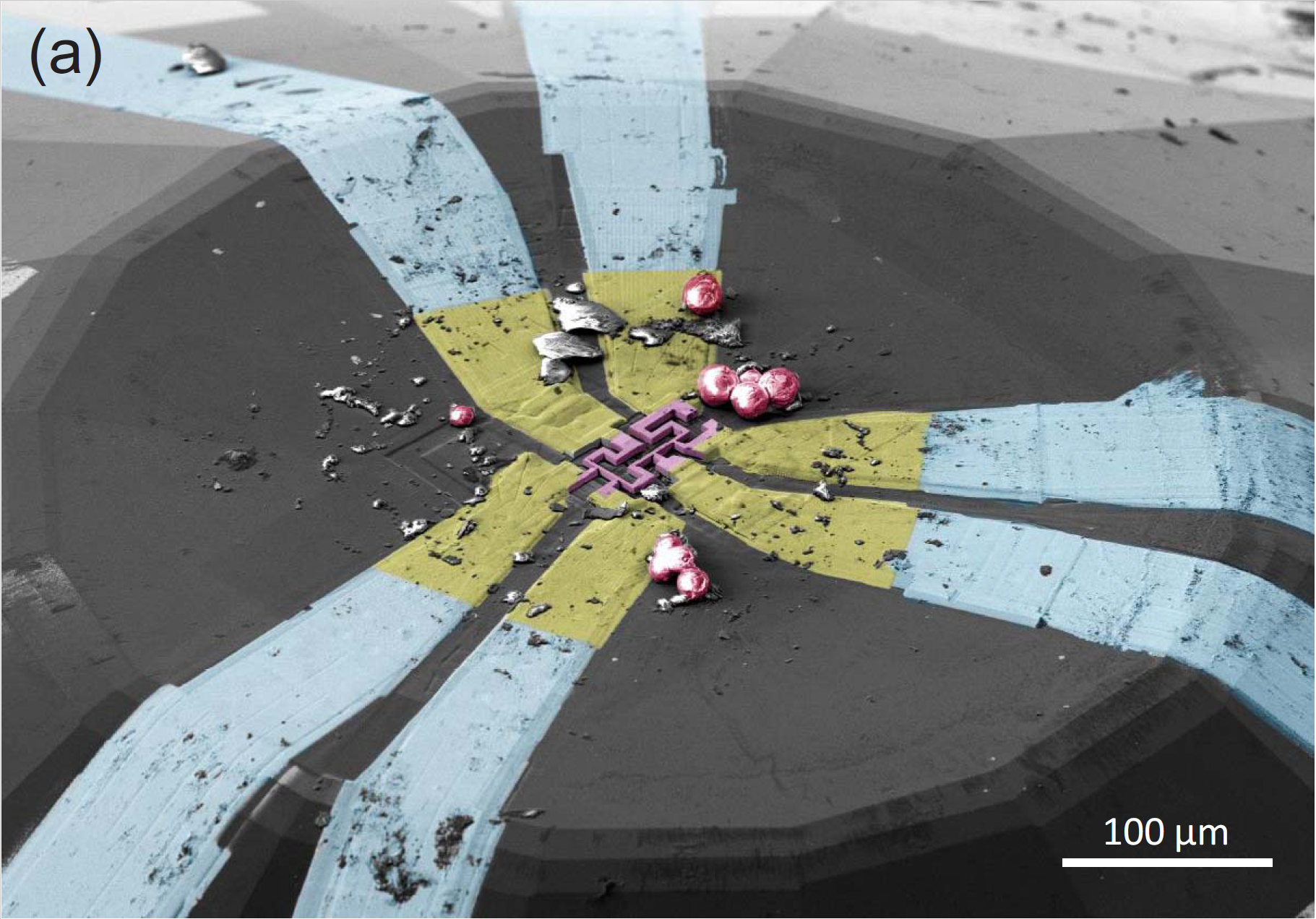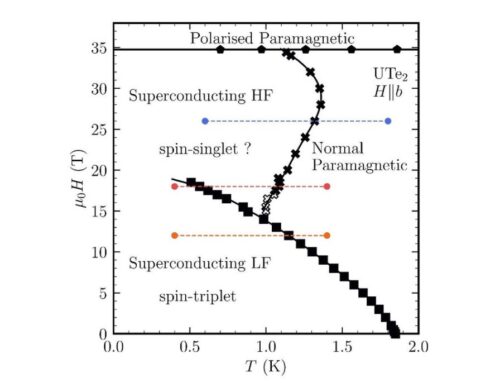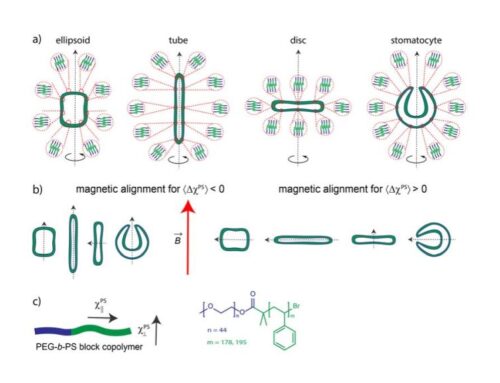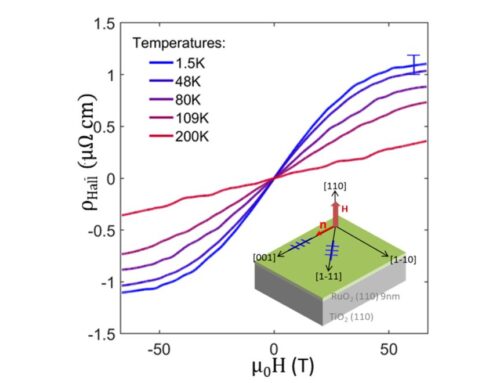Toni Helm, HLD Dresden.
Strongly correlated electron materials, in particular heavy-fermion compounds, offer a huge playground for research on fundamental concepts in condensed-matter physics. The antiferromagnetic (AFM) metal CeRhIn5 provides a textbook example of quantum criticality in a heavy-fermion system: Pressure suppresses local-moment AFM order and induces superconductivity in a dome around the associated quantum critical point (QCP) near pc ≈ 23 kbar. Magnetic fields also suppress the AFM order at a field-induced QCP at Bc = 50 T. At B* = 28 T, a novel phase characterized by a large in-plane resistivity anisotropy emerges. Its two-dimensional electronic character and the absence of both, significant structural and magnetic changes, suggests a nematic high-field phase. Hence, the question arose if there is an intimate relation between the low-pressure high-field nematic behavior and the high-pressure low-field superconductivity in CeRhIn5. In cooperation with our colleagues in Tallahassee and Los Alamos (USA), Lausanne (Switzerland) and Dresden, we investigated the interrelation between these phenomena via magnetoresistance (MR) measurements under high pressure. Experiments were performed in pulsed magnetic fields combining focused-ionbeam (FIB)-structured devices (Figure, panel a), plastic diamond anvil pressures cells, and 3He temperatures. We made three observations: First, the nematic onset field B*, characterized by an anisotropy jump and a first-order-like hysteretic behavior, grows with applied pressure from 28 T at ambient pressure to around 40 T close to 20 kbar. At the same time, the hysteretic transition, hallmark of entrance into the nematic state, continuously diminishes until p*, at which it vanishes completely. Second, the critical field for the AFM transition, Bc, also shifts to higher fields upon pressure increase. Our third observation suggests a fieldinduced reentrance of antiferromagnetism at pressures above pc. The critical field, Bc, and the critical pressure, pc, both terminate the symmetry breaking AFM dome and, therefore, must be connected by a continuous line of phase transitions. Indeed, we do observe a discontinuity in the slope of the MR above pc, tracing out an upward line Bc,low that increases with increasing pressure. We associate this field with the field-induced reentrance of AFM order as expected. We reveal a phase diagram, much richer than the common local-moment description of CeRhIn5 would suggest (Figure, panel b).


Figure: (a) False-color scanning-electron-microscope image of a FIB microstructure transport device (purple) on a diamond anvil with 6 terminals connected via gold/platinum tapes. (b) Schematic (field-pressure) phase diagram of CeRhIn5.
Non-monotonic pressure dependence of high-field nematicity and magnetism in CeRhIn5, T. Helm, A. D. Grockowiak, F. F. Balakirev, J. Singleton, J. B. Betts, K. R. Shirer, M. König, T. Förster, E. D. Bauer, F. Ronning, S. W. Tozer, and P. J. W. Moll, Nat. Commun. 11, 3482 (2020).
https://www.nature.com/articles/s41467-020-17274-6
Contact:t.helm@hzdr.de





